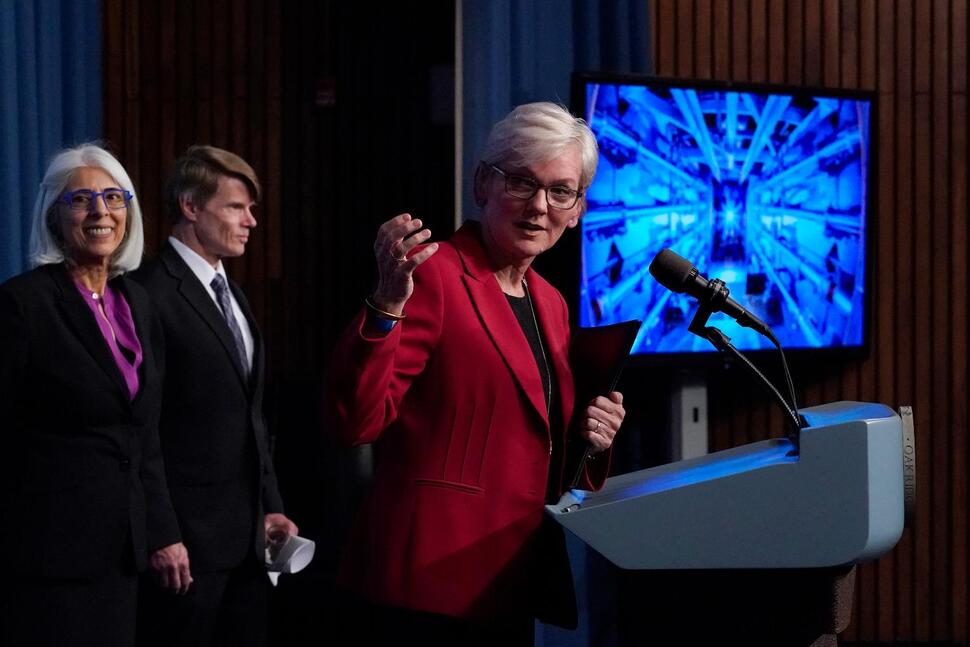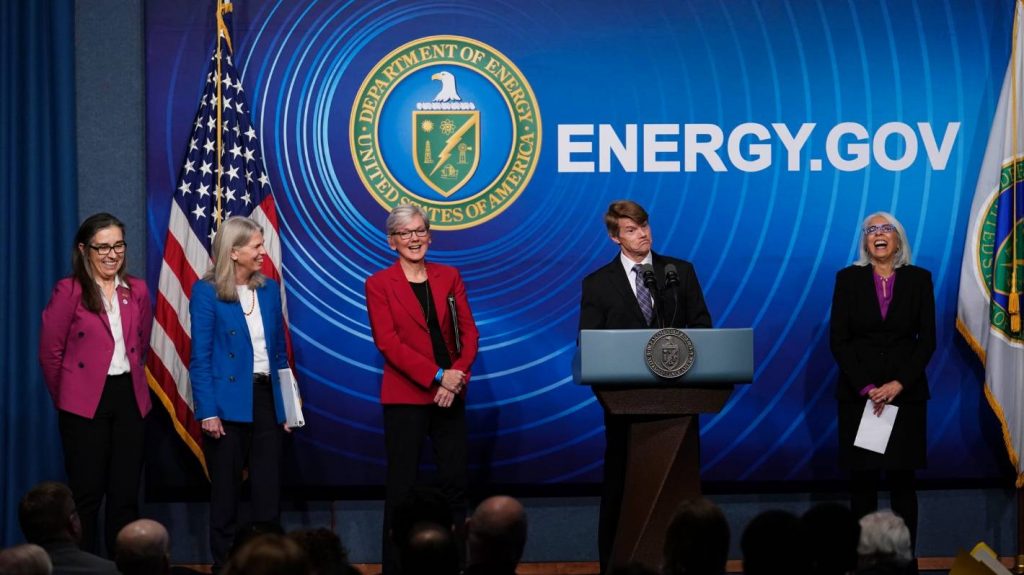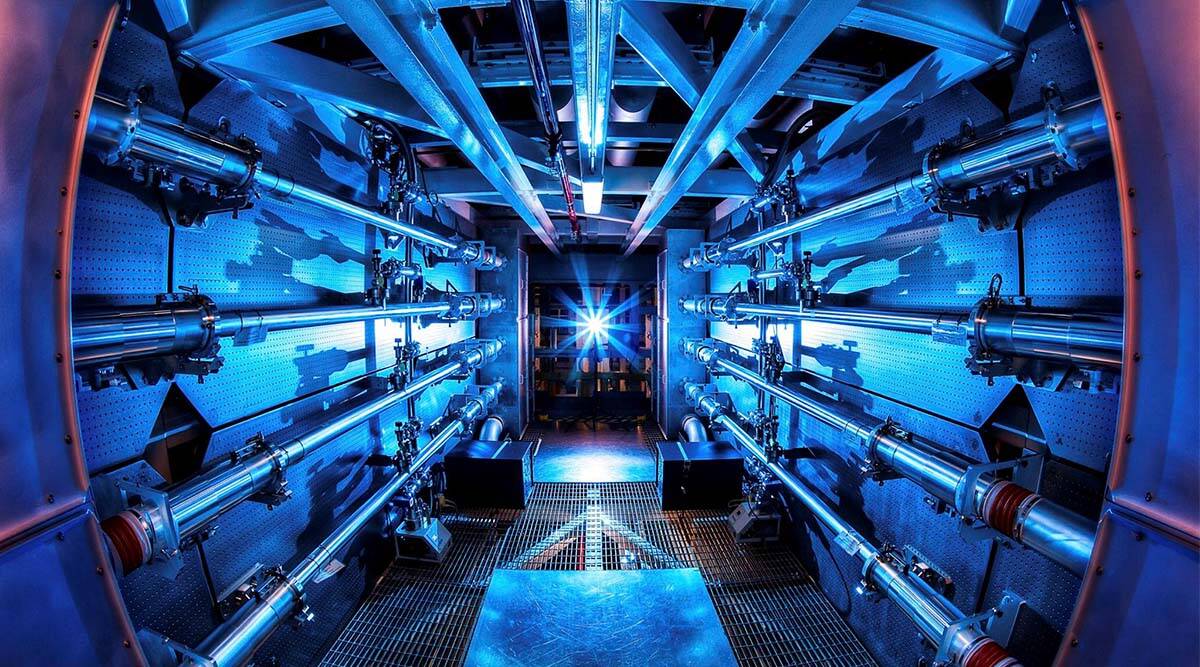Scientists announced Tuesday that they have for the first time produced more energy in a fusion reaction than was used to ignite it — a major breakthrough in the decades-long quest to harness the process that powers the sun. Researchers at the Lawrence Livermore National Laboratory in California achieved the result last week, the Energy Department said.
Known as a net energy gain, the goal has been elusive because fusion happens at such high temperatures and pressures that it is incredibly difficult to control. The breakthrough will pave the way for advancements in national defense and the future of clean power, Energy Secretary Jennifer Granholm and other officials said.“Ignition allows us to replicate for the first time certain conditions that are found only in the stars and the sun,” Granholm told a news conference in Washington. “This milestone moves us one significant step closer” to having zero-carbon fusion energy “powering our society.”
Fusion ignition is “one of the most impressive scientific feats of the 21st century,” Granholm said, adding that the breakthrough “will go down in the history books.” Appearing with Granholm, White House science adviser Arati Prabhakar called the fusion ignition achieved Dec. 5 “a tremendous example of what perseverance really can achieve” and “an engineering marvel beyond belief.” Proponents of fusion hope it could one day displace fossil fuels and other traditional energy sources.
Producing carbon-free energy that powers homes and businesses from fusion is still decades away. But researchers said the announcement marked a significant leap forward.“It’s almost like it’s a starting gun going off,” said professor Dennis Whyte, director of the Plasma Science and Fusion Center at the Massachusetts Institute of Technology and a leader in fusion research. “We should be pushing towards making fusion energy systems available to tackle climate change and energy security.”

Kim Budil, director of the Livermore Lab, said there are “very significant hurdles” to commercial use of fusion technology, but advances in recent years mean the technology is likely to be widely used in “a few decades” rather than 50 or 60 years as previously expected. Fusion works by pressing hydrogen atoms into each other with such force that they combine into helium, releasing enormous amounts of energy and heat. Unlike other nuclear reactions, it doesn’t create radioactive waste.
President Joe Biden called the breakthrough a good example of the need to continue to invest in research and development. “Look what’s going on from the Department of Energy on the nuclear front. There’s a lot of good news on the horizon,” he said at the White House. Billions of dollars and decades of work have gone into fusion research that has produced exhilarating results — for fractions of a second. Previously, researchers at the National Ignition Facility, the division of Lawrence Livermore where the success took place, used 192 lasers and temperatures multiple times hotter than the center of the sun to create an extremely brief fusion reaction.

The lasers focused an enormous amount of heat on a miniature spherical capsule, said Marvin Adams, deputy administrator of the National Nuclear Security Administration, an Energy Department agency. The result was a superheated plasma environment where a reaction generated about 1.5 times more energy than was contained in the light used to produce it. Riccardo Betti, a professor at the University of Rochester and expert in laser fusion, said there’s a long road ahead before the net energy gain leads to sustainable electricity.

